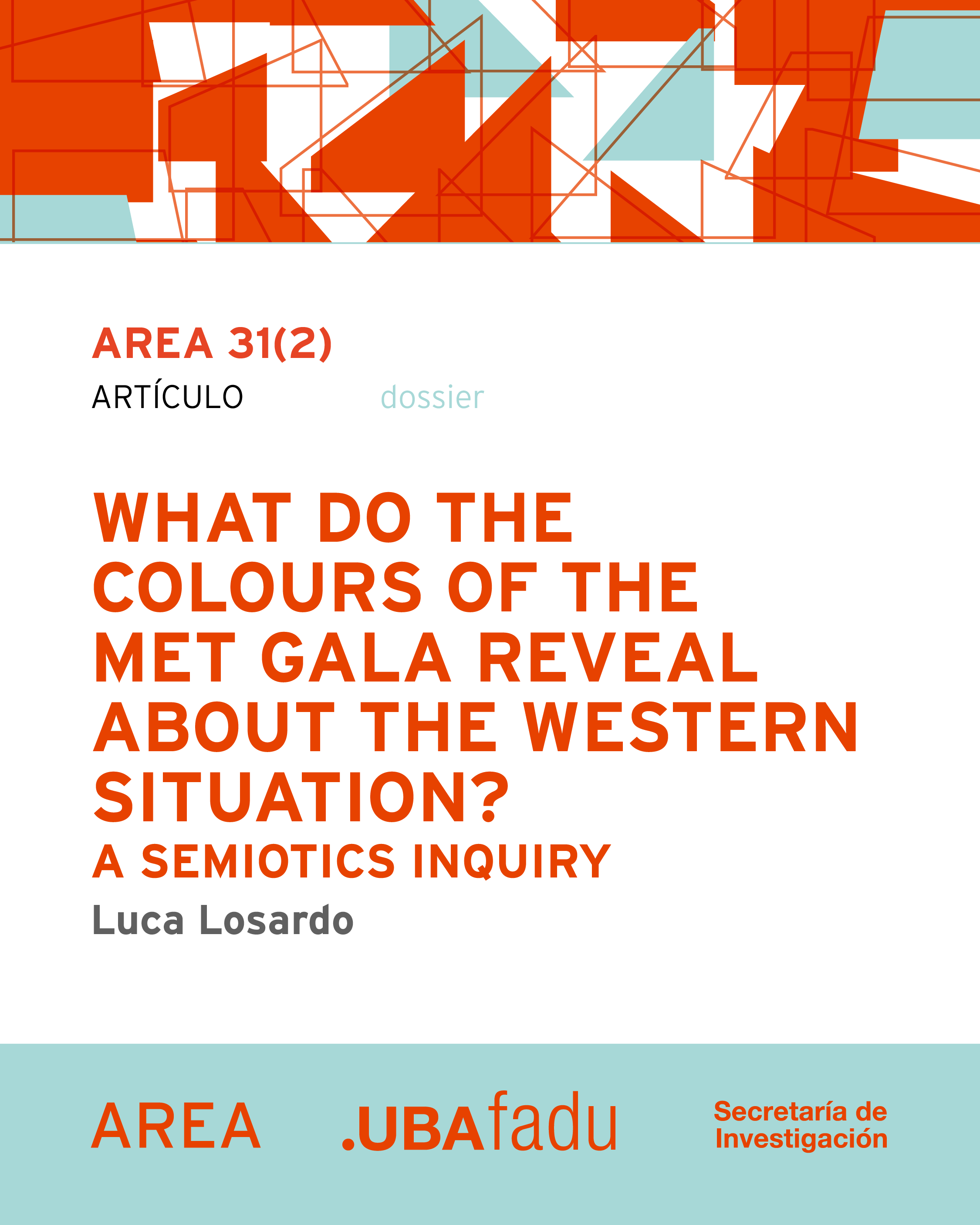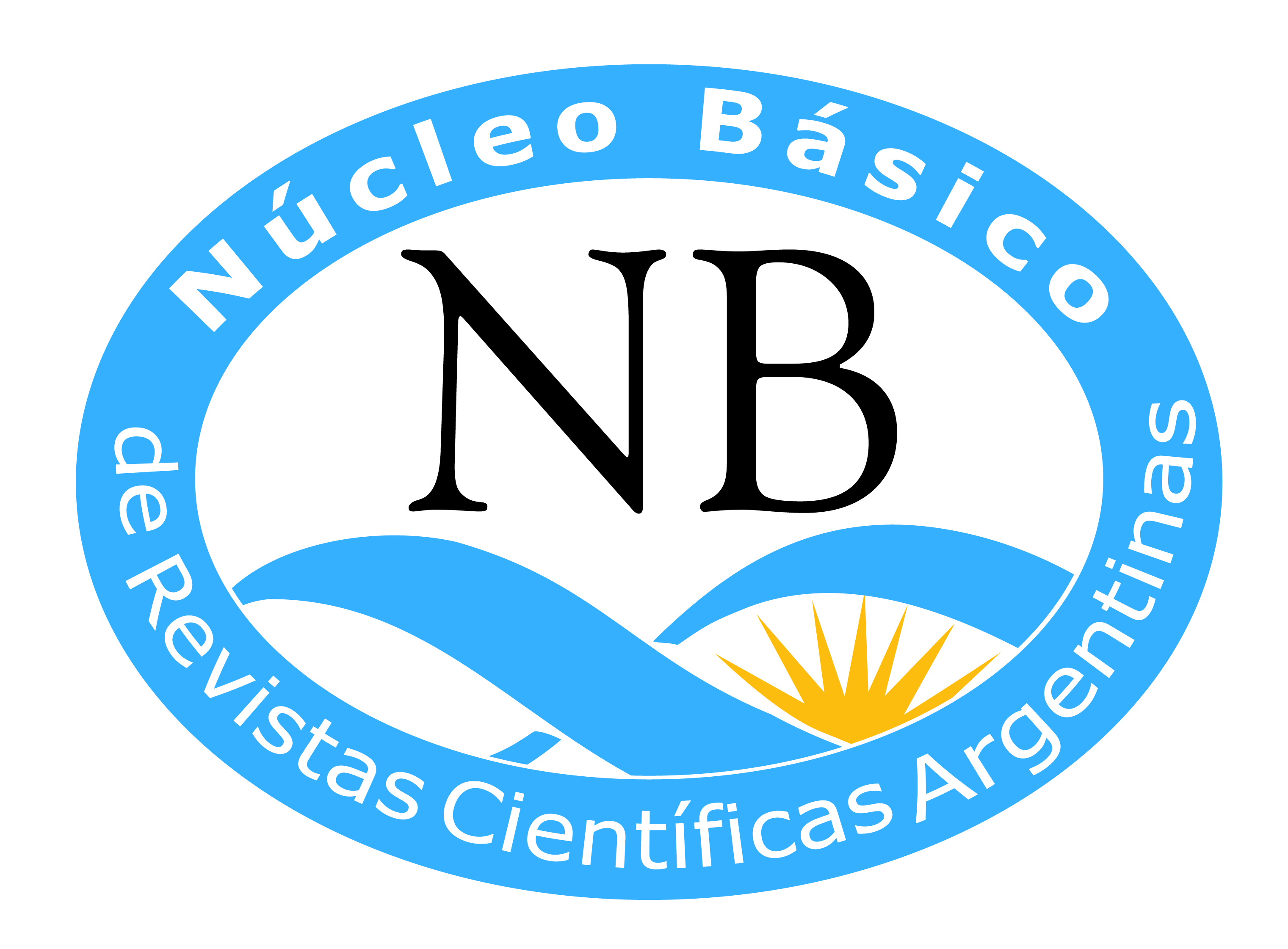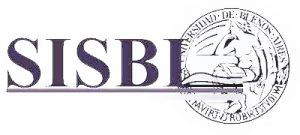What do the colours of the MET Gala reveal about Western situation? A semiotic inquiry
DOI:
https://doi.org/10.62166/area.31.2.3630Palabras clave:
Semiotics, Fashion semiotics, Semiotics of colour, Brand marketing, Semiotics of culture, Colour theory, Semiótica, Semiótica de la moda, Semiótica del color, Marketing de marcas, Semiótica de la cultura, Teoría del colorResumen
How can we understand which are the values circulating in a semiosphere —a topological space where meaning circulate linked to a specific culture— by looking at the colours? Our hypothesis is that, considering Oberascher’s cycle of colour phases, and confronting it with the colours trends proposed on runways, the Met Gala, and Pantone “Colour of the Year”, it is possible to attest the situation of our semiosphere, i.e., explosion, stability, growth or extinction of meaning attribution from a culture. If there is a change in the order of the cycle, it will mean an explosion of the semiosphere; if there is a stability, the colours are going to gradually change; if there is a growth, there is a rhythm; if there is extinction, there is a stagnation of a phase over prolonged time. Therefore, which is the condition of the Western semiosphere? Focusing on the colour presented at the Met Gala and on the Pantone “New Year Colour” selection, the answer that emerges is that the semiosphere is, at the moment, in an explosive phase: there are big swings in action, changes that are conducting to a switch of values related to the thirties, such as technological advancement and political recession that could lead to the extinction of the semiosphere.
Descargas
Citas
Agnello, Marialaura (2013). Semiotica dei colori. Carocci.
Barthes, Roland (1967). Système de la mode. Éditions du Seuil.
Caivano, José Luis (1991). Cesia: a system of visual signs complementing color. Color Research and Application, 16(4), 258-268.
Caivano, José Luis (1998). Color and semiotics: a two-way street. Color Research and Application, 23(6), 390-401.
Caivano, José Luis and Doria, Patricia M. (1997). An atlas of cesia with physical samples. In AIC Color 97, Proceedings of the 8th Congress. Kyoto, Color Science Association of Japan, 499-502.
Caivano, José Luis and Green-Armytage, Paul (2016). Appearance [pp. 40-47]. In Ming Ronnier Luo (ed.), Encyclopedia of color science and technology. Springer.
Coccia, Emanuele and Michele, Alessandro (2004). La vita delle forme: filosofia del reincanto. HarperCollins Italia.
Coleman, James S. (1990). Foundations of social theory. Harvard University Press.
Eco, Umberto (1975). Trattato di semiotica generale. La nave di Teseo.
Eco, Umberto (1985). How culture conditions the colours we see [pp. 157-175]. In Marshall Blonsky (ed.), On signs: a semiotic reader. Blackwell.
Groupe µ. (1992). Traité du signe visuel : pour une rhétorique de l’image. Éditions du Seuil.
Latour, Bruno (2021). Politiche del design: semiotica degli artefatti e forme della socialità. Mimesis Edizioni.
Lehmann, Beat (1998). ROT ist nicht «rot» ist nicht [rot]: Eine Bilanz und Neuinterpretation der linguistischen Relativitätstheorie. Gunter Narr.
Lipovetsky, Gilles (1987). L’empire de l’éphémère : la mode et son destin dans les sociétés modernes. Gallimard.
Lotman, Jurij Mihaljovic (1992). Kul'tura i vzryv. Iskusstvo.
Lotman, Jurij Mihaljovic and Uspenskij, Boris Andreevic (1975). Tipologia della cultura. Milan: Bompiani.
Magariños de Morentin, Juan A. (1981). El cuadro como texto: aportes para una semiología de la pintura. Tres Tiempos.
Marino, Gabriele 2015. Semiotics of spreadability: a systematic approach to Internet memes and virality. Punctum, 1(1), 43-66.
Oberascher, Leonhard (1993). The language of colour. In AIC Color 93: Proceedings of the 7th Congress, vol. A. Budapest, Hungarian National Colour Committee, 137-140.
Oberascher, Leonhard (1997). The role of color in the 21st century – color culture between homogenization and diversification. In AIC Color 97, Proceedings of the 8th Congress. Kyoto, Color Science Association of Japan, 83-89.
Peirce, Charles Sanders (1931-1958). Collected papers of Charles Sanders Peirce, vols. 1-8. Harvard University Press.
Rogers, Everett M. (1962). Diffusion of innovations. Free Press.
Santangelo, Antonio (2023). Essere umani al tempo dell’intelligenza artificiale: narrazioni a confront [pp. 239-266]. In Antonio Santangelo and Massimo Leone (eds.), Semiotica ed intelligenza artificiale. Aracne.
Thom, René (2011). Arte e morfologia: saggi di semiotica. Mimesis Edizioni.
Uexküll, Jakob von. (1934). Streifzüge durch die Umwelten von Tieren und Menschen. Ein Bilderbuch unsichtbarer Welten. Springer.

Publicado
Cómo citar
Número
Sección
Licencia
Derechos de autor 2025 AREA - Agenda de Reflexión en Arquitectura, Diseño y Urbanismo
© 1992-2025 – Revista AREA, su sitio, contenidos y metadata están bajo licencia de Acceso Abierto CC BY-NC-ND 2.5 AR







